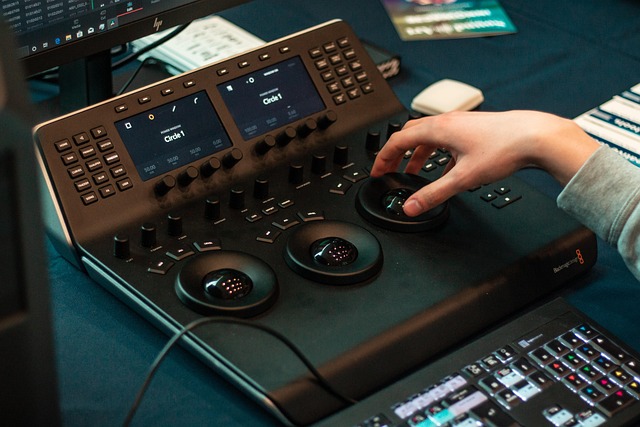As the demand for high-quality imaging in television broadcasting continues to surge, professionals in the industry are increasingly turning to advanced software solutions to enhance their creative processes. One such powerful tool is 3ds Max, a renowned software known for its exceptional capabilities in 3D modeling, animation, and visualization. With the rise of cutting-edge display technologies and monitors, 3ds Max finds its place as a key player in revolutionizing how we perceive media through screens.
The visual appeal of television is paramount; it is often what draws viewers in. With 3ds Max, artists and animators can create stunning visualizations that bring stories and concepts to life. From the sharp, vibrant graphics on OLED displays to the rich textures that can be rendered on 4K monitors, the software allows creators to harness the full potential of modern display technology. The ability to simulate real-world lighting, shadows, and textures enables filmmakers to produce strikingly immersive environments that resonate with audiences.
Moreover, the technical approach that 3ds Max provides in conjunction with monitors allows for a detailed preview of how content translates on various display technologies. By utilizing advanced rendering techniques, designers can optimize their visuals for different screen resolutions and sizes, ensuring that whether on a large UHD monitor at home or a sleek tablet screen, the viewer experience remains consistent and impactful.
In the realm of television production, 3ds Max becomes more than just a tool; it becomes an essential part of the storytelling process. It aids in visualizing complex scenes that require creativity and precision, allowing creators to push boundaries and explore new ideas. Using the software, professionals can construct intricate sets or animate characters in ways that were once deemed impractical. The simulations created within this powerful platform translate into real-time applications, enhancing the viewer’s experience and engagement.
As technology evolves, so do the capabilities of visualization tools like 3ds Max. The integration of AI and machine learning further enhances the rendering process, allowing for faster production times without compromising quality. The future of TV imaging is becoming intertwined with advancements in display technology, making it imperative for industry professionals to stay ahead of the curve. With monitors now able to support HDR (High Dynamic Range) and refresh rates that elevate motion smoothness, the role of 3ds Max in preparing content for such technologies is more crucial than ever.
Creating high-fidelity content that resonates with audiences is what every television producer aims for. Leveraging the power of 3ds Max not only enhances visual quality but also improves workflow efficiency. By streamlining the production process and providing high-quality visual outputs, creators can ultimately focus on what they do best: telling compelling stories that captivate viewers.
In summary, the intersection of 3ds Max and advanced display technologies showcases an exciting future for imaging in television. As professionals continue to explore these realms, the evolution of monitors and visualization technology will undoubtedly lead to groundbreaking advancements in how narratives are crafted and presented on screen.



